Not much can rival the Radeon RX 6900 XT or the 3080 Ti. Both are A-listers in the world of GPUs, with only two cards available from each company with higher performance than them. And they are available again and affordable, believe it or not.
We’re witnessing price drops and rumors of more to come as third-party manufacturers scramble to rid themselves of excess stock in anticipation of the next generation’s release. In this 6900 XT vs 3080 Ti comparison, I’ll cover why I think Nvidia’s 3080 Ti is the safer investment (and now is the time to buy).
6900 XT vs 3080 Ti – Quick Comparison
| Radeon RX 6900 XT | Specs | GeForce RTX 3080 Ti |
|---|---|---|
| Navi 21 XTX | GPU | GA102-225-A1 |
| PCIe 4.0 x 16 | Interface | PCIe 4.0 x 16 |
| 5,120 (Stream Processors) | GPU Cores | 10,240 (CUDA Core) |
| 320 | TMUs | 320 |
| 80 (Ray Tracing Accelerators) | RT Cores | 80 (Ray Tracing Cores) |
| 1,825 MHz | Base Clock | 1,365 MHz |
| 2,250 MHz | Boost Clock | 1,665 MHz |
| 16 GB GDDR6 | Memory | 12 GB GDDR6X |
| 2,000 MHz (16 Gbps effective) | Memory Speed | 1,188 MHz (19 Gbps effective) |
| 512.0 GB/s | Bandwidth | 912.4 GB/s |
| 256-bit | Memory Bus | 384-bit |
| 300 W | TDP (Founders Edition) | 350 W |
| 700 W | Required PSU (Founders Edition) | 750 W |
| 850 W | Recommended PSU (Founders Edition) | 850 W |
| 1x HDMI 2.1 2x DisplayPort 1.4a 1x USB Type-C | Outputs | 1x HDMI 2.1 3x DisplayPort 1.4a |
RX 6900 XT
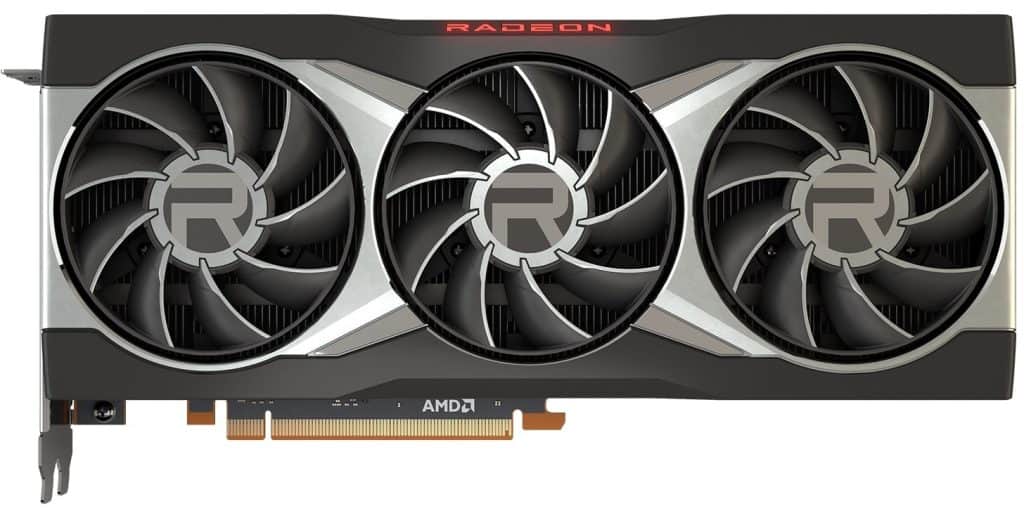
AMD started in Silicon Valley over half a century ago and has given us some of the best CPUs ever to hit the market. Their GPUs were always good but rarely great (compared to the competition) in the last couple of decades. This changed once the RX 6000 series emerged, finally enabling AMD to compete with Nvidia’s high-end products.
The 6900 XT Founders Edition sold out upon its release (as did other cards from the series). This was mainly due to crypto miners grabbing everything they could and leaving us regular users waiting for third-party variants. Alas, prices skyrocketed, leaving these top-tier cards out of reach for most of us. Thankfully, this is now changing.
The 6900 XT offers a lot for its price, including over 5,000 GPU cores, 320 TMUs, and 80 Ray Tracing Accelerators, along with 16 GB of VRAM, making this a true powerhouse of a GPU.
Pros:
- 16 GB VRAM
- High clock speeds
- Excellent 4K gaming
- Lower MSRP
Cons:
- 3-slot card
- No dedicated Ray Tracing Cores
RTX 3080 Ti
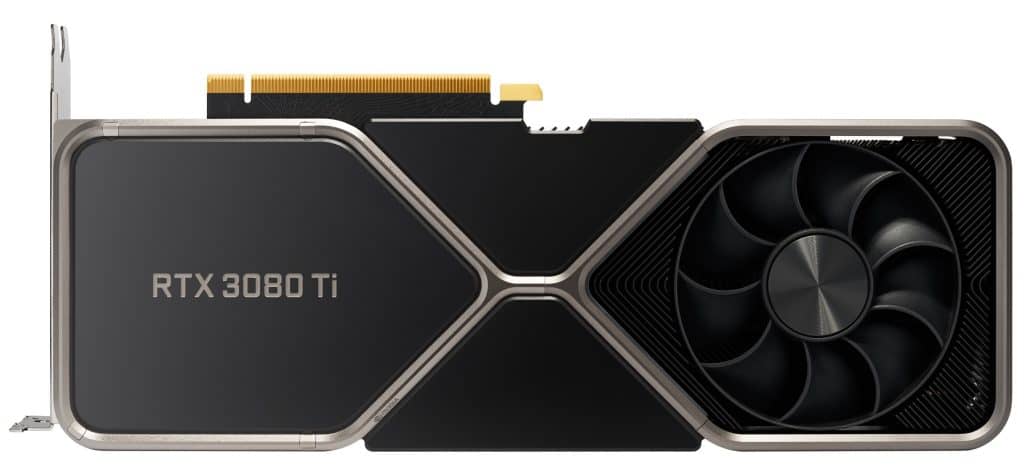
Nvidia crossed their t’s and dotted their i’s with this 3080 Ti version. The company started almost 30 years ago, was the first to dive into GPU development, and has continued dominating the market. Their top-tier GPUs never disappoint (nor do any of them really), and they have dominated the market for years.
It has double the cores available in the 6900 XT, the same 320 TMUs, and 80 Ray Tracing Cores. In addition, it features an enhanced GDDR6X VRAM that enables it to operate at a much higher bandwidth, even with a much lower memory clock.
Pros:
- GDDR6X VRAM
- Dedicated Ray Tracing Cores
- Excellent 4K gaming
- Excellent when maxed out
Cons:
- Higher price
- Higher TDP
3080 vs 6900 XT – Ti Key Specifications
You might not know this, but GPUs are used for much more than just gaming nowadays. Their sheer computational power makes them the perfect engines for many research and development projects. These include AI and machine learning, predictive medicine, self-driven vehicles, scientific research projects, and much more.
Architecture
Modern GPU architectures offer thousands of cores, additional separate cores dedicated to advancing AI and machine learning (Tensor Cores), and a lot of raw power. Many research and development projects rely on Nvidia cards to handle the massive amounts of data they produce, including CERN in Switzerland. AMD’s architecture has its uses elsewhere.
RDNA2
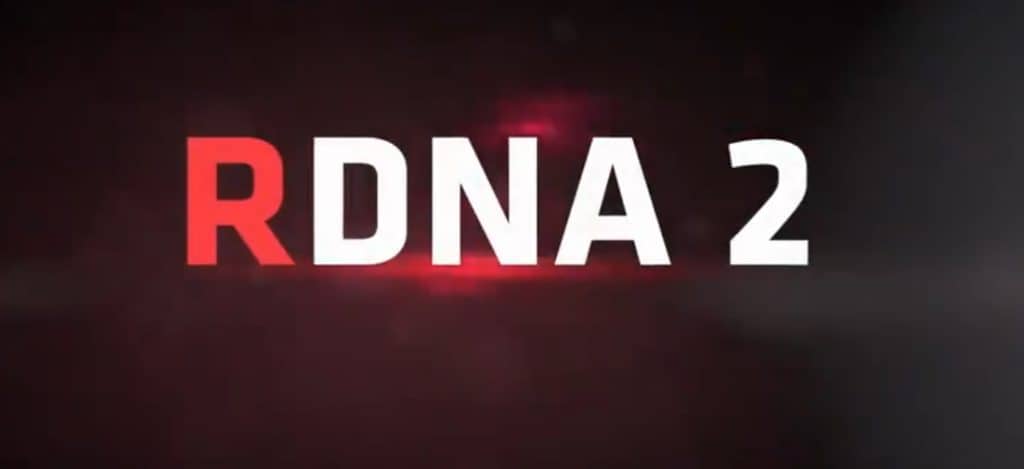
The RDNA 2 architecture is more about gaming than anything else. It’s present in gaming systems (PS5 and XBOX) and the entire RX 6000 GPU series. It offered massive improvements compared to the previous RDNA, with an advertised 65% more power per Watt. It also gave us a Resizable BAR (Smart Access Memory) and AMD Infinity Cache.
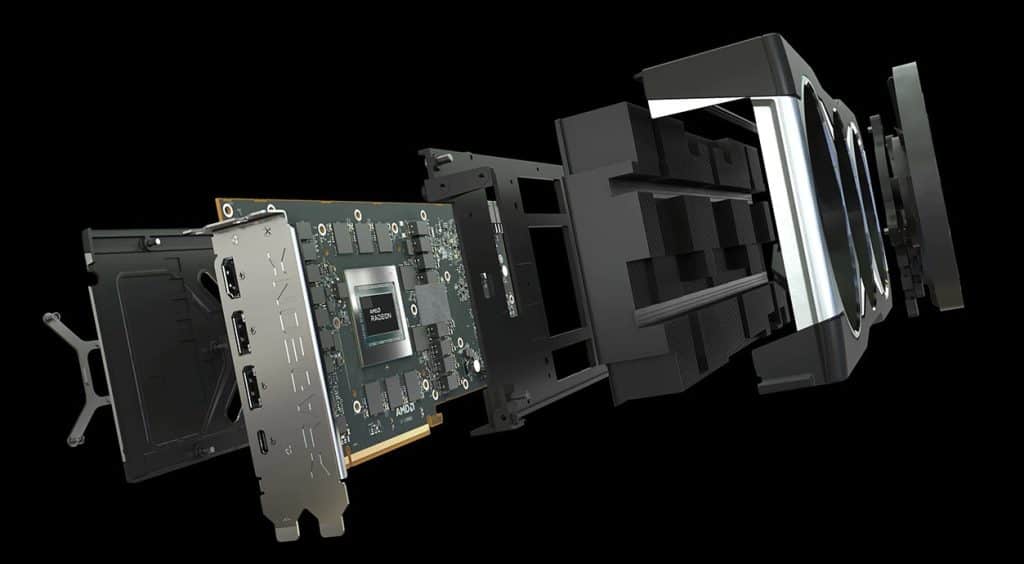
Before Resizable BARs, CPUs could access VRAM only in 256-bit blocks. Nvidia also features a Resizable BAR, but AMD did a better job here with SAM, while Nvidia cards required additional steps to gain the same experience. Still, the 6900 XT has a lower bandwidth than the 3080 Ti.
Ampere
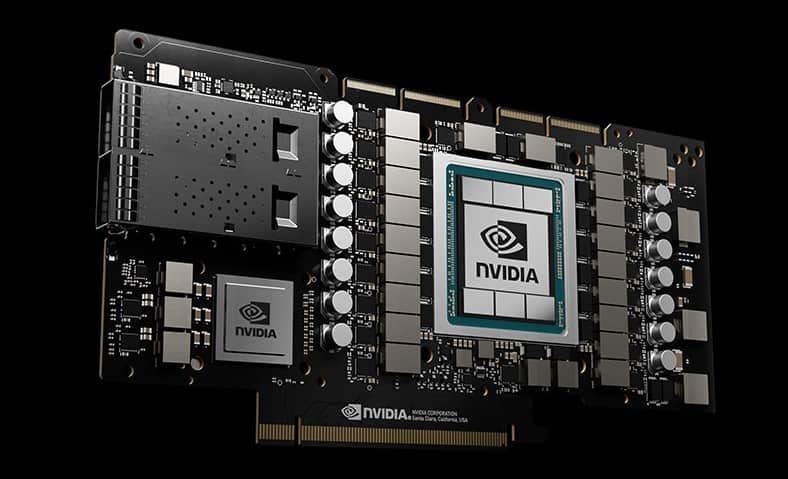
Nvidia’s Ampere architecture is the fastest commercially available GPU architecture out there. As mentioned, it was designed with much more than gaming in mind, as Nvidia is now transitioning toward powering various development projects and caring less about gaming.
Ampere offers some other great features, including those for gaming. Nvidia was the first to introduce real-time ray tracing in a GPU (RTX 20 series). Ampere went further with second-generation RT Cores, VR capabilities, DirectX 12 Ultimate support, built-in streaming capabilities tailored for content creators, and much more.
Winner: RTX 3080 Ti
Cores
It’s where all the action is in your GPU. Both the 6900 XT and the 3080 Ti have thousands of cores in their parallel processors. The 3080 Ti blows the 6900 XT away with 10,240 cores, double compared to the 6900 XT’s 5,120.
Shaders
A shader is a generic program used to leverage GPU cores when creating virtual 3D worlds for us to enjoy. They handle aspects such as characters, lighting, and shadows (duh!) and are critical to video game rendering.
RT cores
This is where it gets tricky. Nvidia uses dedicated Ray Tracing Cores to handle ray tracing. AMD uses Ray Tracing Accelerators, meaning that part of its computational power is drawn upon whenever ray tracing is turned on.
Ray tracing, which is the 3D world’s version of how light behaves (simulating the behavior of real-world light particles), was previously only used in CGI movies to blend real-world scenes with computer-generated images. Nvidia changed this with the first RTX series and its first-generation RT cores.
The 3080 Ti features second-generation RT cores and has an advantage in EFps whenever ray tracing is turned on. This feature will become even more important as time goes by and more titles are released that use ray tracing.
You could call a tie here due to the same number of RT cores and RT Accelerators, only they’re not the same thing, and more potential power is in the RT cores of the 3080 Ti.
TMUs
TMUs are Texture Mapping Units, and that’s exactly what they do. They map bitmap texture units, rendering them anew every time you change your angle of view within a 3D environment. They are critical in video game rendering as textures cover every square nanometer you can see in a 3D world.
Winner: RTX 3080 Ti
Clock Speeds & Overclocking
Clock speeds are the frequency at which a GPU operates (the faster, the better), and generally, RX 6000 cards offer higher clock speeds than RTX 30 cards. The 6900 XT has 5,120 cores working at a base speed of 1,825 MHz, which boosts to 2,250 when needed. This boost can be surpassed with overclocking.
The 3080 Ti has a base clock speed of 1,365 MHz, which boosts to 1,665. This is less speed, no doubt about it, but clock speeds are one of two factors. The other is the number of cores working at that speed. The 3080 Ti has double the core count of the 6900 XT (10,240), meaning it has double the cores working at those speeds.
This translates to a larger number of calculations being handled by the 3080 Ti at once, at slightly lower speeds. And, when you take overclocking into account, these stats are even more in the 3080 Ti’s favor.
| RX 6900 XT Variants | Boost Clock | RTX 3080 Ti Variants | Boost Clock |
|---|---|---|---|
| ASUS ROG STRIX LC RX 6900 XT GAMING TOP | 2,525 Mhz | ASUS ROG STRIX LC RTX 3080 Ti GAMING OC | 1,830 MHz |
| GIGABYTE AORUS RX 6900 XT Xtreme WaterForce WB | 2,525 MHz | GIGABYTE AORUS RTX 3080 Ti XTREME | 1,830 MHz |
| Sapphire TOXIC RX 6900 XT Extreme Edition | 2,525 MHz | MSI RTX 3080 Ti SUPRIM X | 1,830 MHz |
| XFX Speedster ZERO RX 6900 XT WB | 2,525 MHz | ASUS ROG STRIX RTX 3080 Ti GAMING OC | 1,815 MHz |
| XFX Speedster MERC319 RX 6900 XT Limited | 2,495 MHz | GALAX RTX 3080 Ti HOF OC Lab Edition | 1,815 MHz |
Overclocking entails manually changing the frequencies of your GPU’s core and memory, its voltage, fan speeds, etc., to achieve better results (higher speeds). You can do this using Nvidia software, AMD software, or third-party software such as MSI Afterburner. If you opt to try overclocking, be sure to watch out for rising temperatures and raise fan speeds accordingly.
Winner: RTX 3080 Ti
VRAM & Memory Specs
The 6900 XT may have a larger VRAM than the 3080 Ti (16 vs 12 GB), but looks can be deceiving, as can the features listed on a specs sheet. While the 6900 XT has 12 GB of VRAM, it has a smaller memory BUS (256-bit compared to 384-bit) and a slower effective memory speed (16 Gbps vs 19 Gbps).
The 3080 Ti has a memory clock of only 1,188 MHz, which is just above half of the 2,000 MHz of the 6900 XT’s memory, and yet, its speeds are significantly higher. Its bandwidth is also higher than that of the 6900 XT. The 3080 Ti features a bandwidth of 912.4 GB/s, 400.4 more than the 6900 XT, which offers 512 GB/s.
This is because the 3080 Ti features GDDR6X VRAM, a faster version of GDDR6 memory. It’s not quite GDDR7 yet, but it does make a significant difference.
Winner: RTX 3080 Ti
Performance & Resolutions
Which card wins in performance boils down to what game you’re testing. When comparing any recent GPU from AMD with those from Nvidia, results vary from title to title. Generally speaking, the 6900 XT wins in Fps in most titles at 1080p and 1440p (by 5 and 2%, respectively). At 4K, these averages are more leveled, with some in heavy favor of the 3080 Ti.
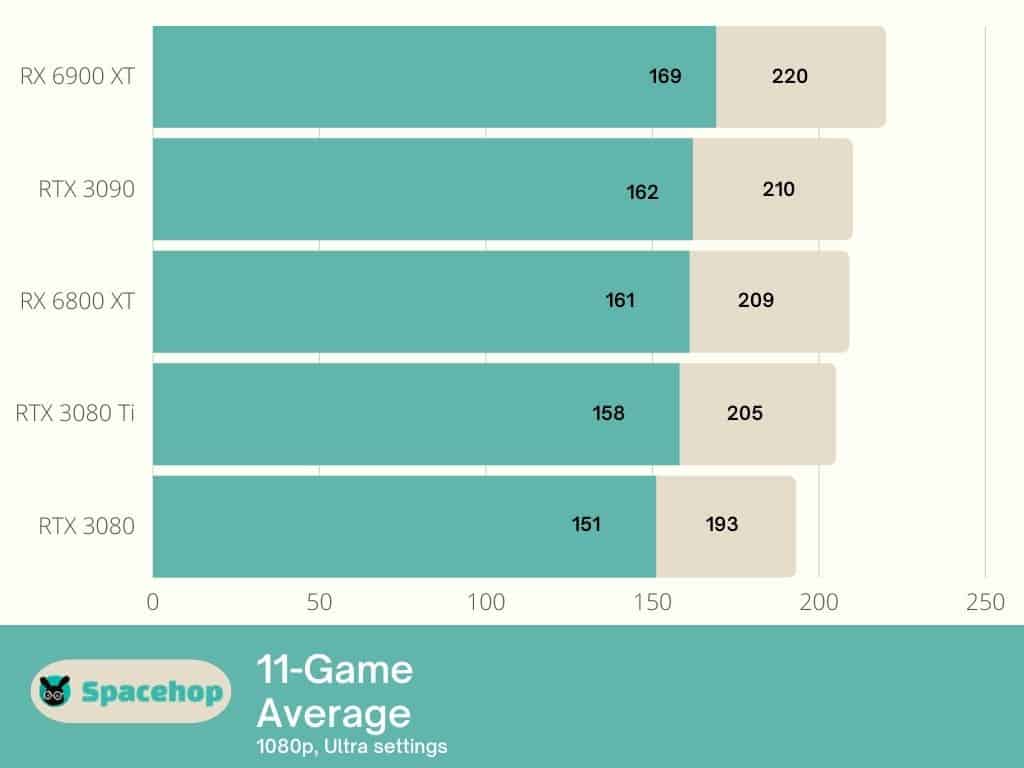
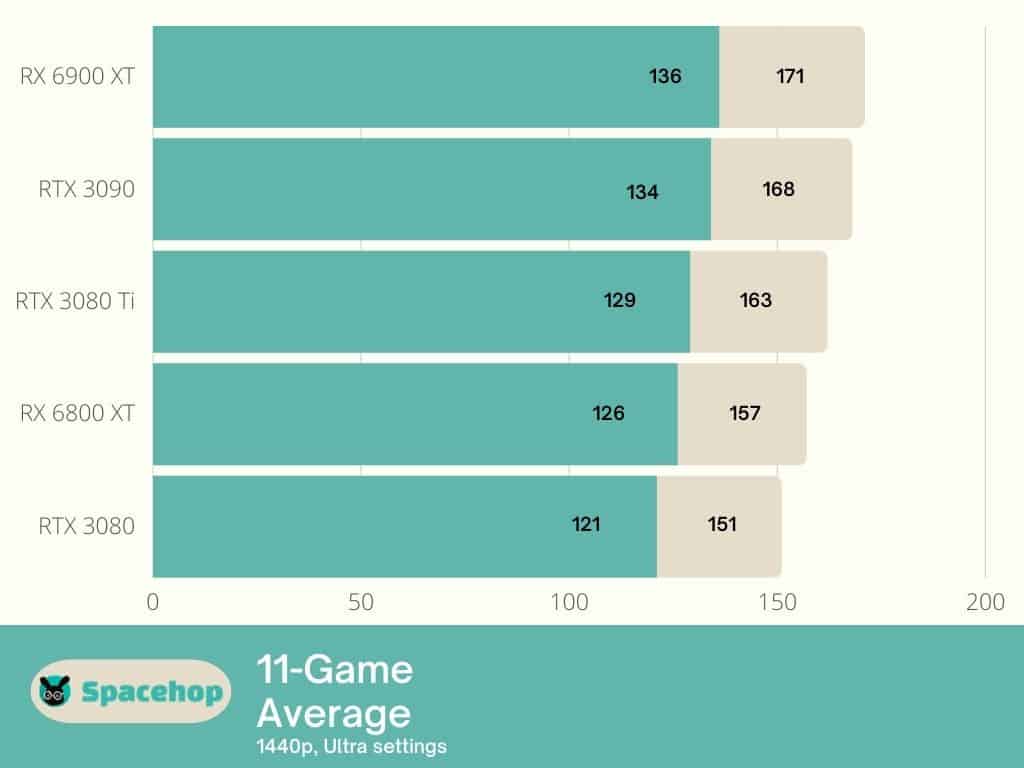
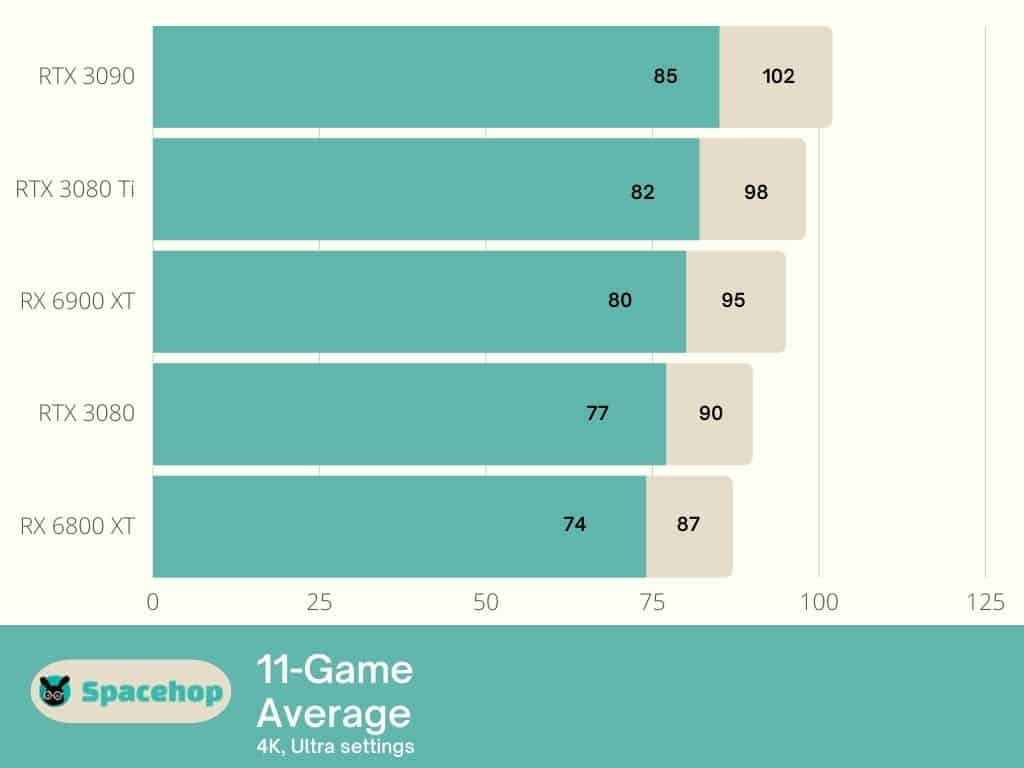
It’s when you switch every setting to the max (ultra) and turn on ray tracing + DLSS at whatever resolution the 3080 Ti shows us its true worth. Under these conditions, every title performs better on the 3080 Ti than the 6900 XT. This is because of Nvidia’s dedicated RT and Tensor Cores.
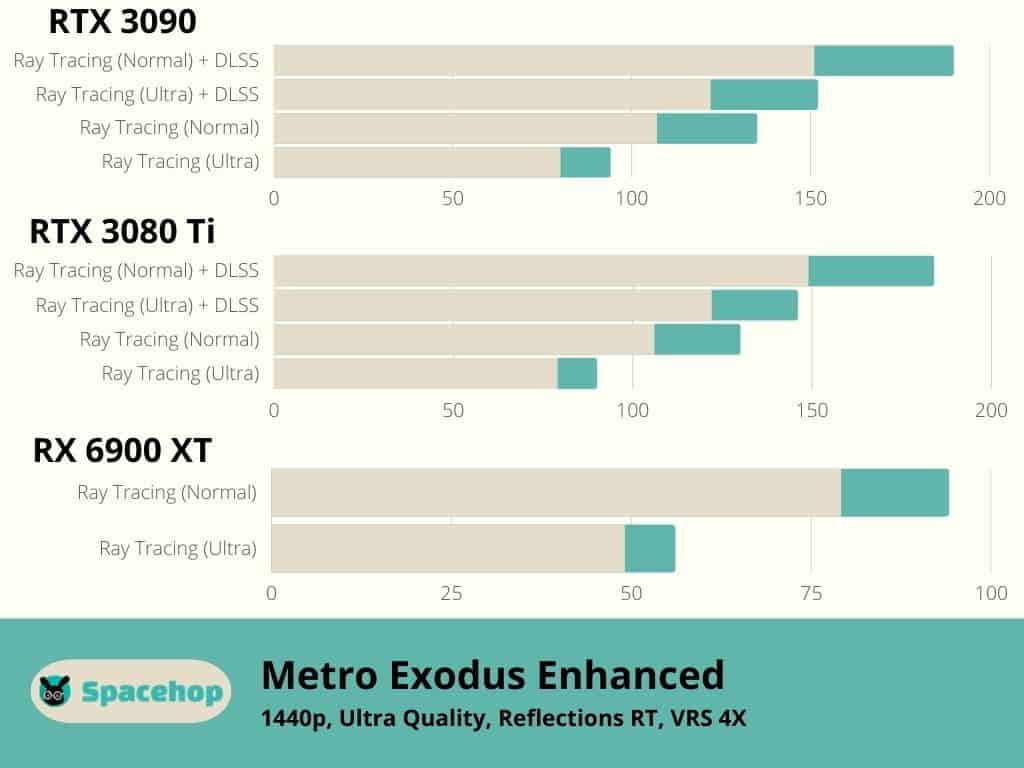
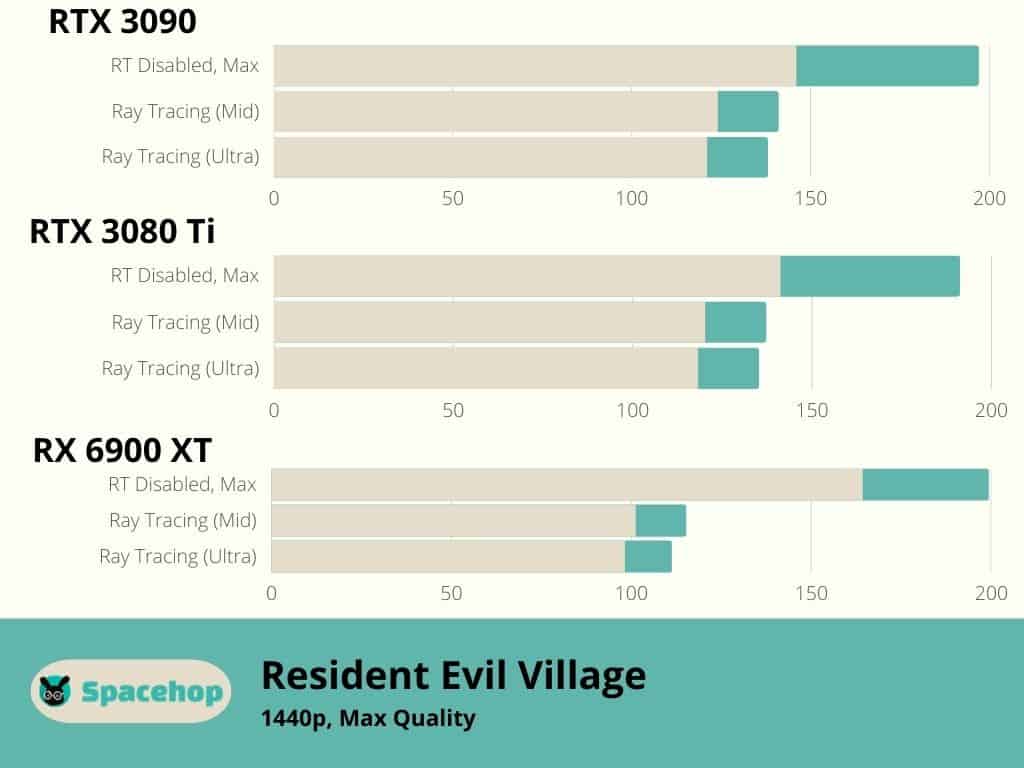
Winner: RTX 3080 Ti
Connectivity
Both cards have four connectors for peripherals on their back sides. The 3080 Ti has one HDMI and three DisplayPorts. The 6900 XT has one HMDI and only two DisplayPorts but compensates with a USB-C port.
The entire RTX 30 series used newly introduced 12-pin PSU connectors, with accompanying adaptors to 6 and 8-pin PSUs. This was not replicated in third-party variants, which use six and 8-pin connectors. The 6900 XT uses both pin connectors, varying from variant to variant.
Winner: Draw
TDP
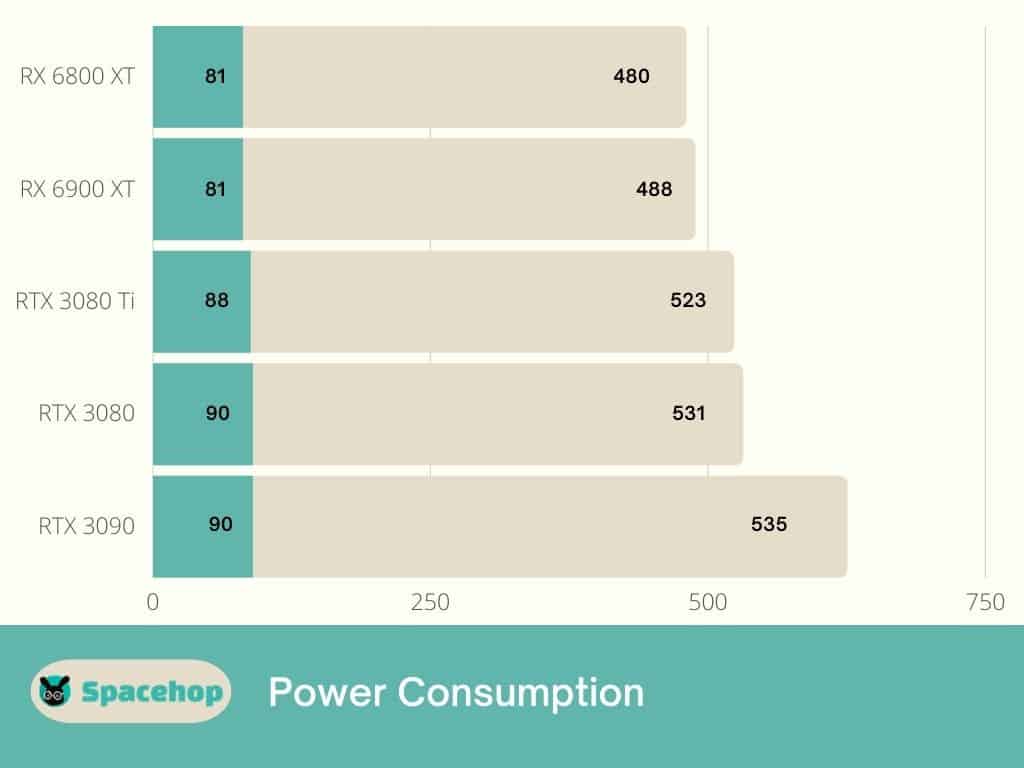
Nvidia cards are notoriously large power consumers, and the 3080 Ti is no exception. It has a TDP of 350 W, 50 more than the 6900 XT. And that’s just FE versions. Third-party variants need more power to accommodate their power draw due to being factory overclocked.
The 6900 XT FE requires a 700 W PSU, with the recommendation being an 850 W PSU, just in case. The 3080 Ti FE requires a 750 W PSU, with 850 W being the recommendation here, as well.
Winner: RX 6900 XT
Design and Build
There are several reasons design and build are significant in this 3080 Ti vs 6900 XT comparison. First, the 6900 XT is a 3-slot card, meaning you’ll need a large case and a robust MoBo to handle the weight. Second, an aspect I don’t like about RX 6000 FE cards; they don’t vent air out of the case. Instead, heat has to find other ways to exit your PC case.
Though also large, the 3080 Ti FE is a 2-slot card (some third-party variants exist with 3-slot cooling systems). The entire RTX 30 FE series uses its multiple fans to vent air into and out of the card, pushing heat out through the rear of the card.
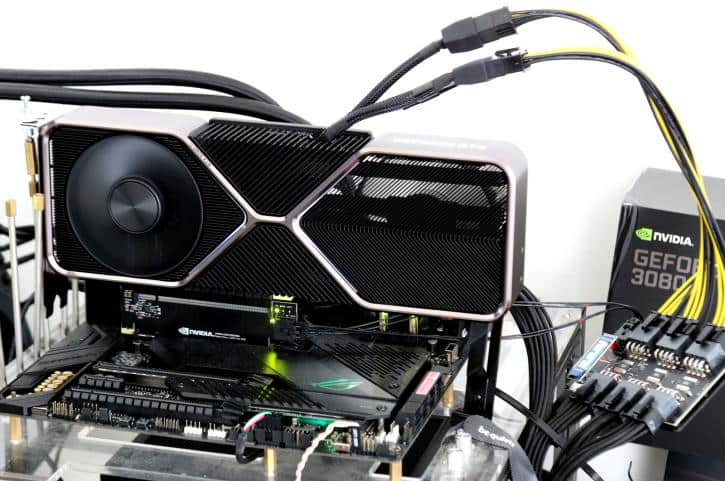
Another feature I find very useful in the 3080 Ti FE is the diagonally positioned PSU connector on the card. With a card this big, a straight-facing PSU connector makes hiding cables in your case more difficult. Not the case here.
Winner: RTX 3080 Ti
3080 Ti vs 6900 XT: Standout Features
AMD Smart Access Memory
While both AMD and Nvidia offer a Resizable BAR, AMD went the distance in making it more usable. Smart Access Memory is yet to be replicated by Nvidia in such a fashion.
Nvidia Tensor Cores
Tensor Cores are only available in Nvidia’s high-end products, and when they’re not powering the development of the next F.R.I.D.A.Y., they can greatly enhance your gaming experience (DLSS). The 3080 Ti features third-generation Tensor Cores.
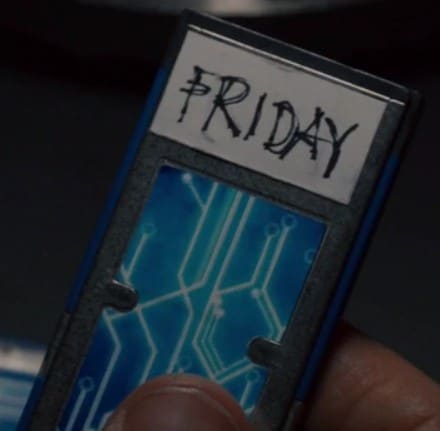
Nvidia Ray Tracing Cores
As you saw in the test results, ray tracing is Nvidia’s playing field. Nvidia is on its second-generation Ray Tracing Cores in the 3080 Ti.

3080 Ti vs 6900 XT: Pricing & Availability
Whoever has been following the prices and availability of these cards in anticipation of getting one cheap has probably had a stroke by now. I know I’ve watched in disbelief as the original $999 MSRP rose to $2,000. The same happened to the 3080 Ti, with a $1,199 MSRP growing to around the same as the 6900 XT.
Thankfully, we’re currently witnessing a price downfall, and you can now find a 6900 XT under the MSRP (with everyone claiming prices will drop even further). You can grab an ASUS TUF variant well under the MSRP (or a new one at the MSRP), priced slightly above an XFX variant, or a PowerColor version. The 6900 XT FE is still available above the MSRP.
New RTX 3080 Ti FE cards aren’t readily available, though I’d never pick a used GPU over a new one. Nevertheless, prices have dropped for Nvidia cards as well, and you can grab an ASUS TUF Gaming variant under the MSRP. A GIGABYTE version will also have you paying less, though marginally, and ZOTAC offers the cheapest version of the 3080 Ti.
Conclusion
Decisions, decisions. To simplify, if you’re deciding between these two cards and looking for all the best at maxed-out settings, the RTX 3080 Ti is the way to go. It dominates when ray tracing and DLSS are turned on. The only thing you need to consider is the price because they (3080 Ti variants) are generally more expensive than the RX 6900 XT.
If you’re not after 4K, ultra, mega, and Giga settings, the 6900 XT will more than fulfill your needs at a more reasonable price. Nevertheless, this is a 6900 XT vs 3080 Ti comparison, and I have to give my verdict; if I were choosing for myself between the two, I would pick the RTX 3080 Ti without hesitation.